Medieval town with unusual animal graveyard discovered in Irvine archaeological dig

An archaeological dig in the medieval burgh of Irvine in south-west Scotland has led to the discovery mysterious animal remains. Well-preserved skeletons of cows and a pony were found buried, with no traces that the animals had been used for their meat, bones or skin - an odd practice for medieval times. These different discoveries offer a unique insight into the daily life of past inhabitants.
The project started when the local authorities of Irvine, in North Ayrshire, decided to build a large leisure centre on the site. They contracted Rathmell Archaeology, a commercial archaeology organisation, to conduct an archaeological assessment of the grounds surrounding the 19th-century Town House, built on the site of first official building – called a "tollbooth" – that stood there in medieval times.
Checking that the land does not hide valuable archaeological remains which could be damaged is an important step of any public construction project. Here, the team of archaeologists quickly discovered that the site contained a lot of interesting artefacts, and that it was a crucial place to get a deeper understanding of the medieval history of Irvine.
"We were given the rare opportunity to explore the medieval past of the burgh. Of course, there are a lot of writings which already provide historians with valuable information. But archaeology enables us to really see how our ancestors lived, and what it was like to be in Irvine at that time," Thomas Rees, director of Rathmell Archaeology, told IBTimes UK.
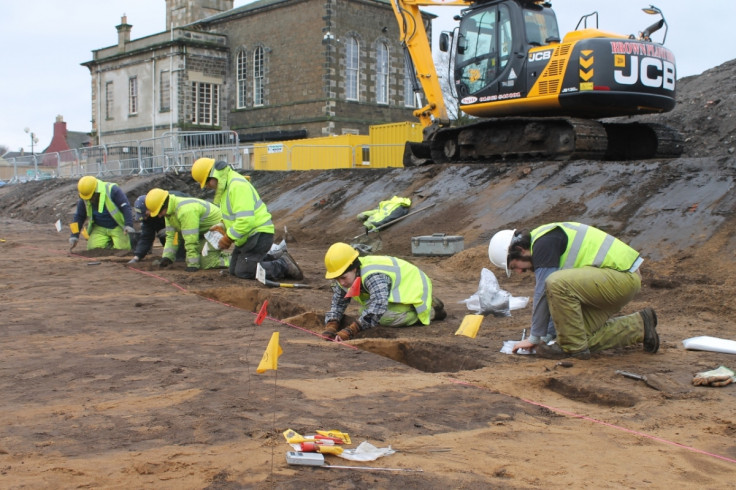
"Because the site seemed particularly rich, we decided to proceed to a complete excavation, and this will now be followed by a programme of analysis to understand our finds, and how they improve our knowledge of the town's past."
Animal remains
Among the most unusual discoveries made on the site, the entire skeletons of the pony and the two cows particularly stand out. They were buried in individual graves at the back of one of the burgage plots. No apparent attempts were made to butcher the animals or use their bodies in any other ways, which is not common for the times.
"In those ages, when everything on the animal, from meat to skin and bones would have been valuable, putting the complete body to rest appears very unusual", Rees said.
An analysis of the bones will help the archaeologists determine the age, health, and size of the animal, providing clues as to why they were buried in such a deferential way.
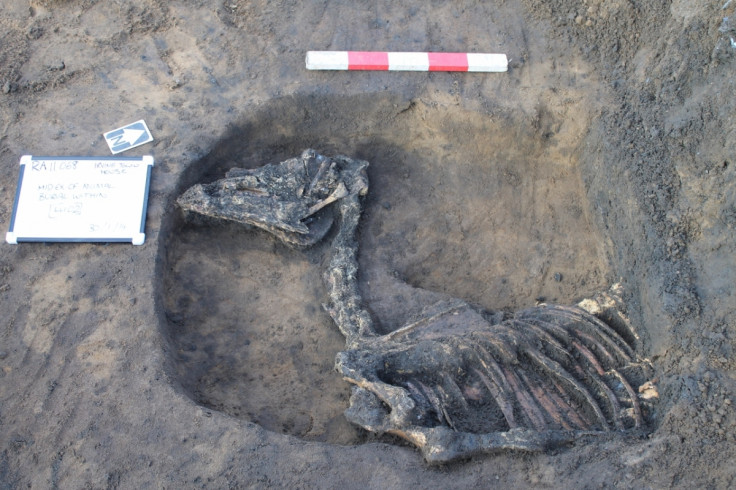
Industrial past and economy
At the east of the site, the archaeologists also found traces of ancient industrial activity including matching pairs of tanked pits with timber and small wells. This suggests the past presence of a water-intensive industry, maybe a tannery where animal skins were processed.
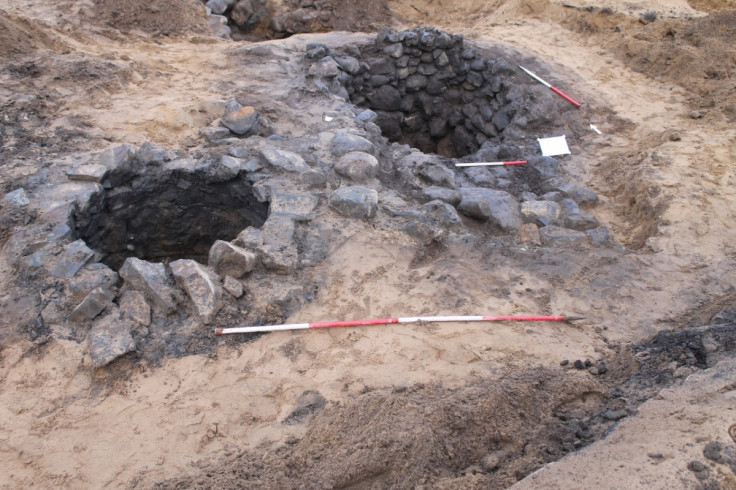
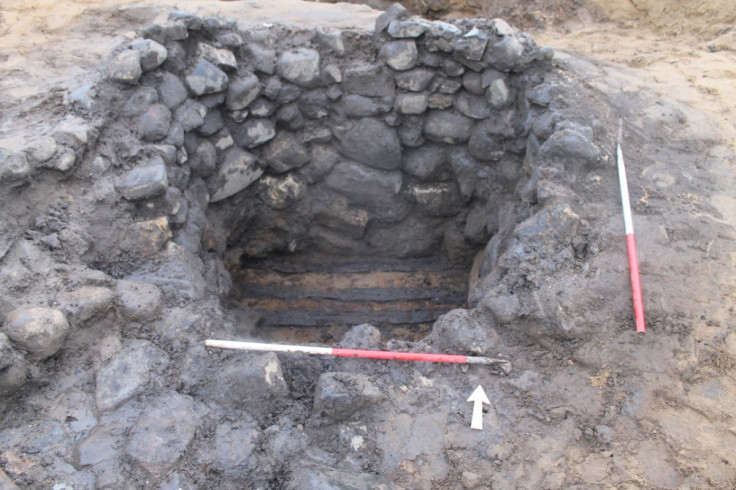
Additionally, they discovered old pottery dating back to the 13th century, up to modern times. Some came from Germany or Spain, and would have been imported, while the others were produced more locally.
"The set of potteries are a testimony of the international and local economy of the time," Rees explained. "By comparing them to potteries found in other parts of the region, and establishing how dissimilar they are from each other, we get a good view of the different social behaviours that existed between burghs, how economic ties were made, and to what extent Irvine communicated with the rest of the world".
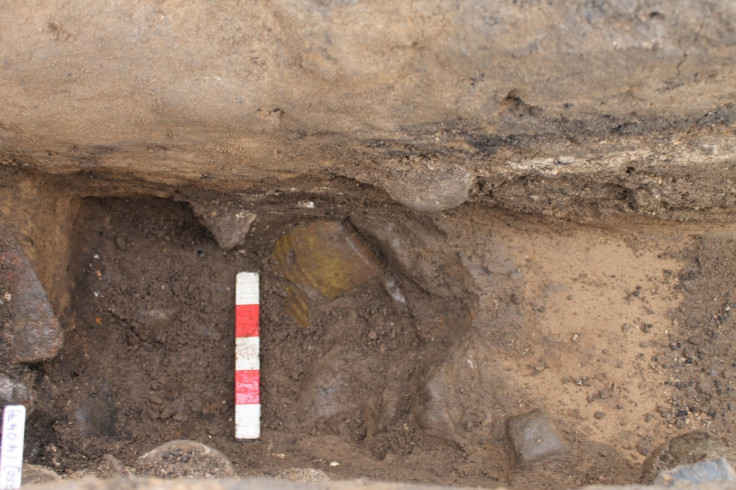
Overall, the findings made on the site enrich the understanding of the economic, social and industrial history of the burgh, and help us imagine what it was like to live in this vibrant and urban medieval community.
© Copyright IBTimes 2025. All rights reserved.






















